Tanzania
Tanzania, East Africa’s largest nation, is blessed with an extraordinary tapestry of landscapes. At its crown stands Mount Kilimanjaro, Africa’s highest peak, while the Great Rift Valley carves through the country, sculpting dramatic variations in elevation and climate. The Gregory Rift slices through the north, and the western branch includes Lake Tanganyika.
Conservation has been prioritized in Tanzania, with nearly 40% of its territory protected as national parks, game reserves, or forest reserves (about 13% of land in the USA is similarly protected).
Flanked by Kenya to the north and Mozambique to the south, Tanzania’s northern reaches house its most celebrated wilderness areas. The Serengeti hosts one of nature’s most spectacular displays—the Great Migration, where over 1½ million large mammals traverse the plains in an eternal cycle. Here, the vibrant Maasai people maintain their pastoral traditions against breathtaking backdrops.
Along the eastern coast, the Indian Ocean meets Tanzania’s shores, where the semi-autonomous Zanzibar archipelago stands as a testament to centuries of cultural fusion. Here, Arabian, Persian, and Indian influences merged with African traditions to give rise to the Swahili culture and language—now the lingua franca across much of East Africa.
Western Tanzania cradles two of Africa’s aquatic giants. Lake Victoria, the continent’s largest, is shared with Uganda and Kenya. Lake Tanganyika, stretching 676 kilometers, holds records as the world’s longest freshwater lake and second-deepest, plunging to 1,470 meters. Along its shores, Jane Goodall revolutionized our understanding of chimpanzees at Gombe Stream, while further south, Mahale Mountains National Park offers pristine forest encounters with wild chimpanzees.
Lesser-known due to being situated in the country’s center, far from population centres, are equally stunning parks like Nyerere (Selous) and Ruaha. They have abundant wildlife and diverse ecosystems, and offer a unique safari experience that contrasts with more frenzied activity in the deservedly famous Serengeti and Ngorongoro Crater.

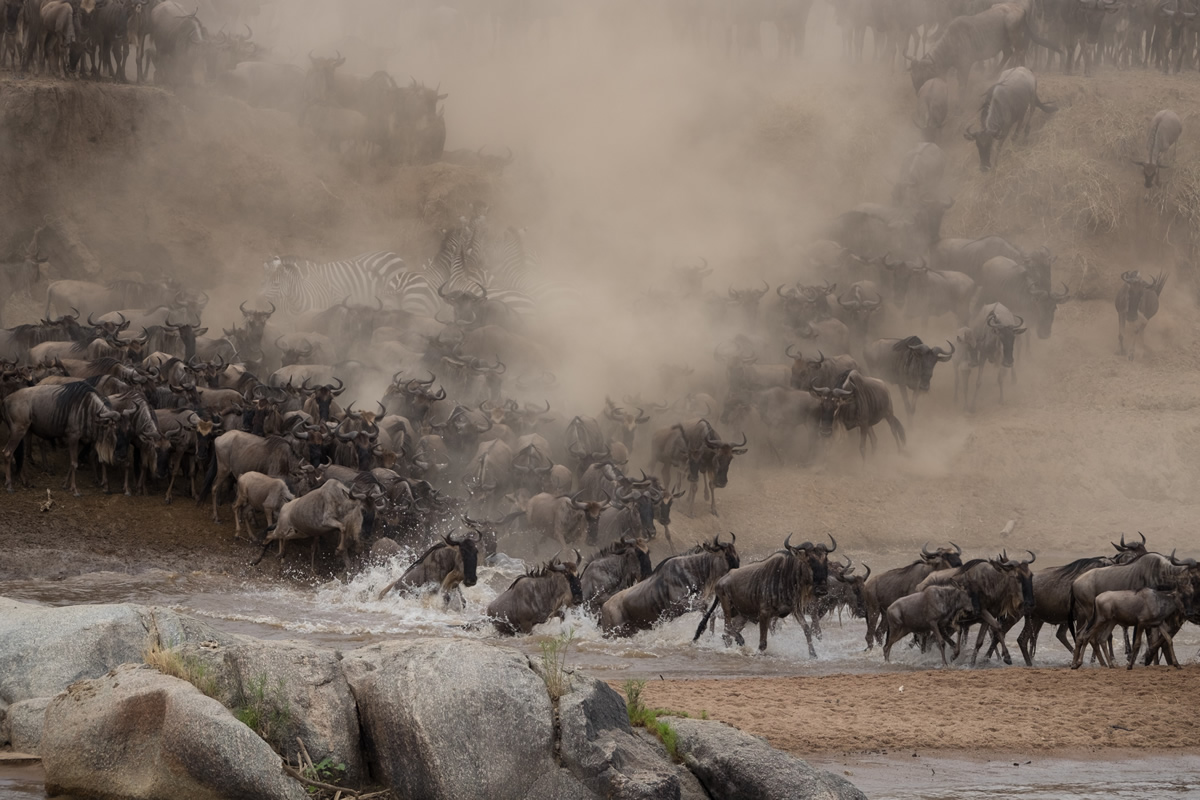
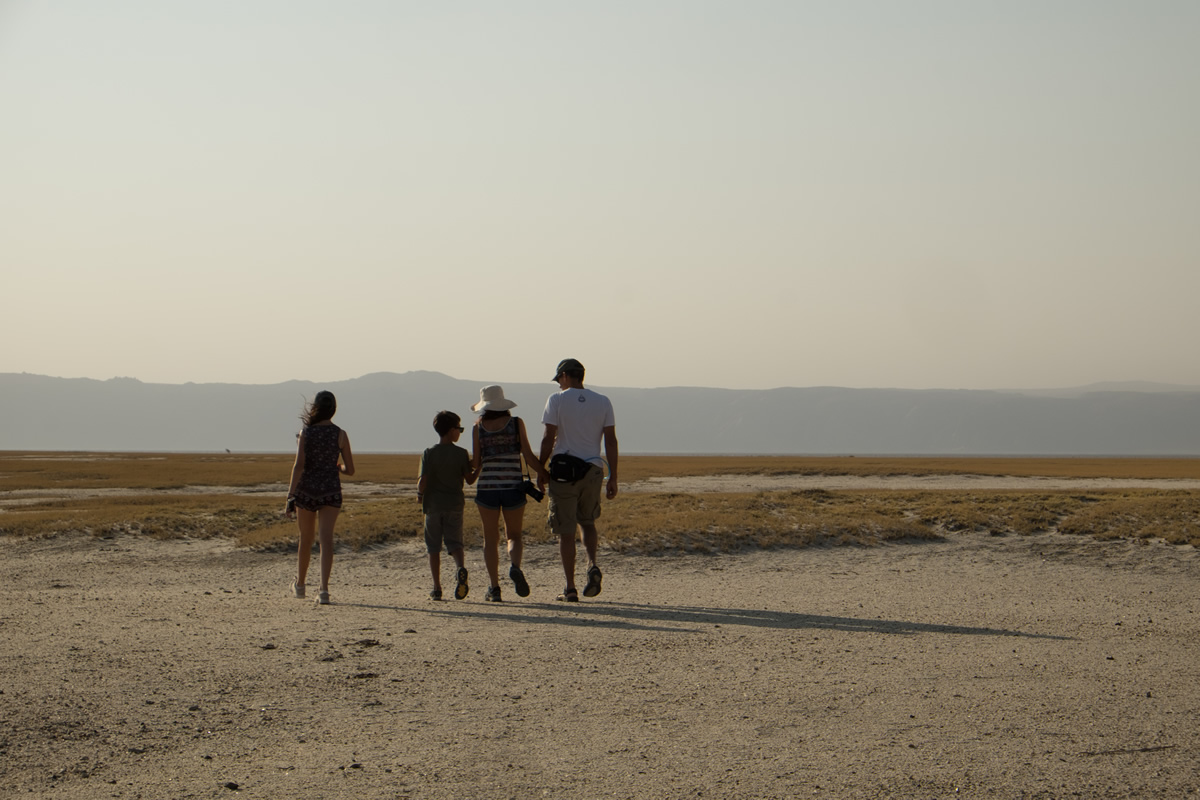
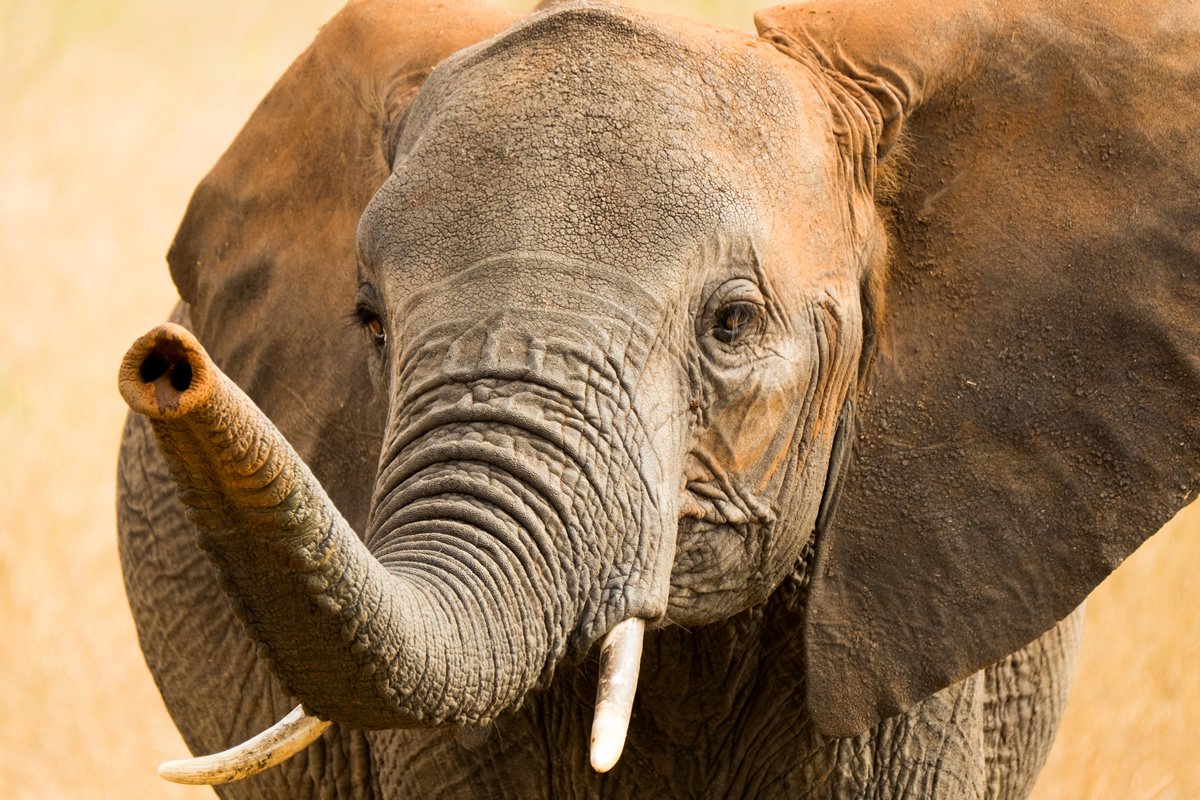
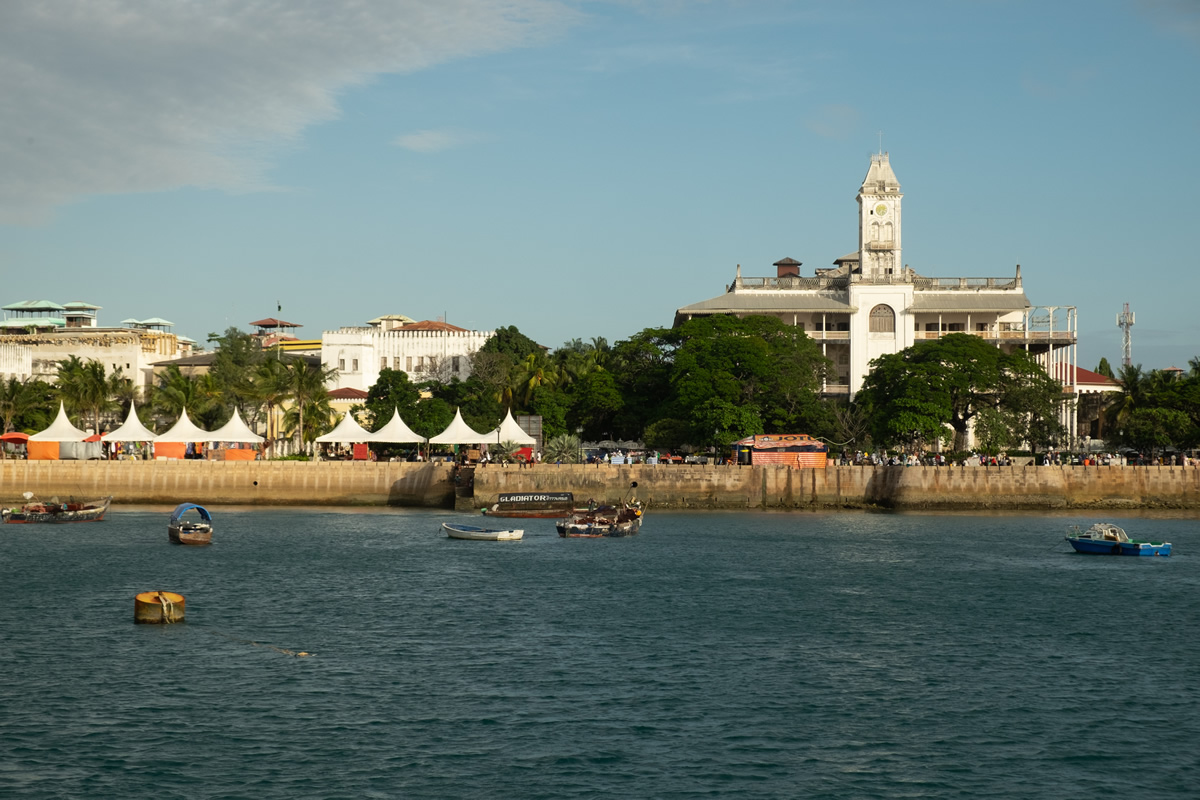
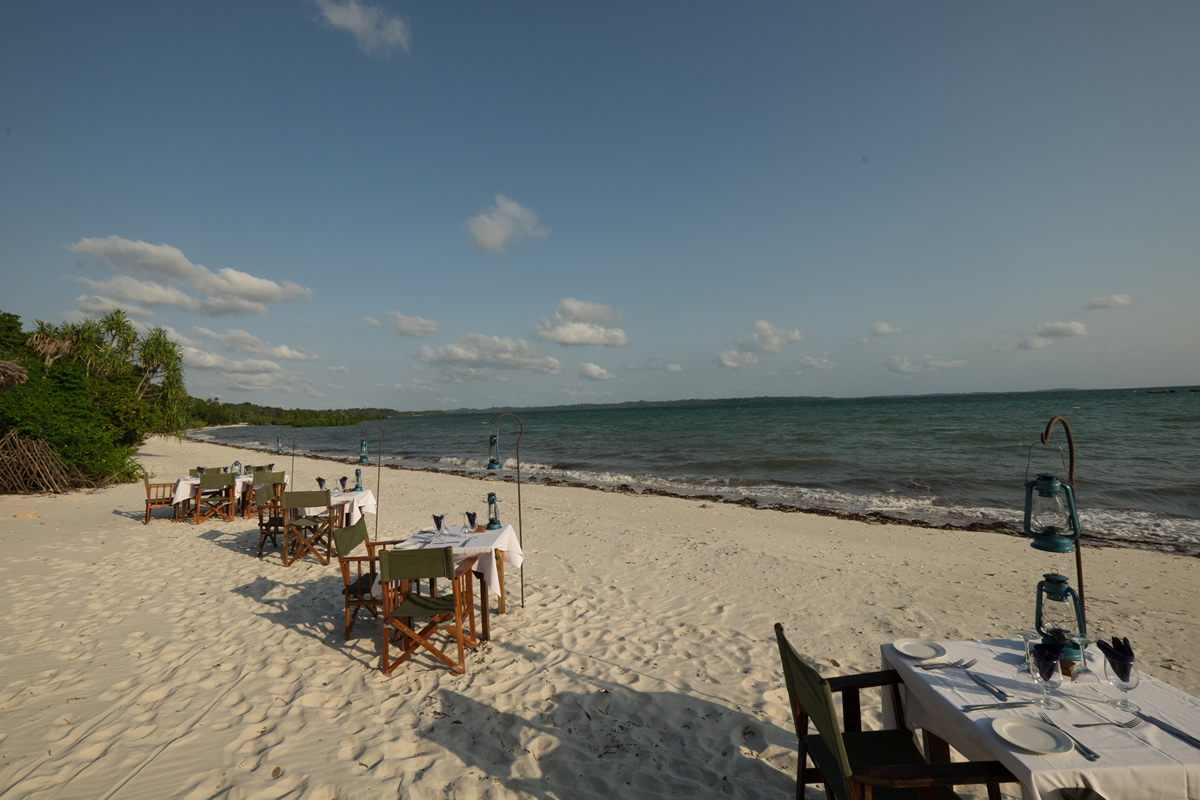
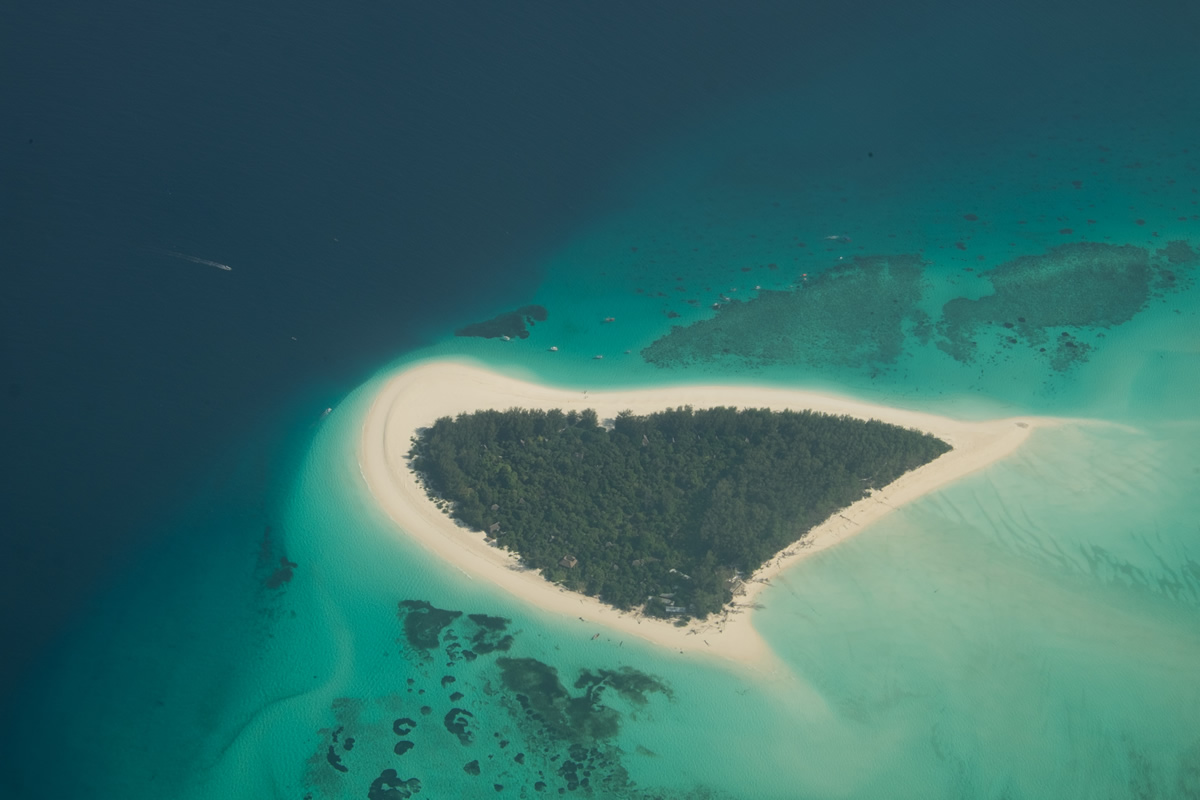
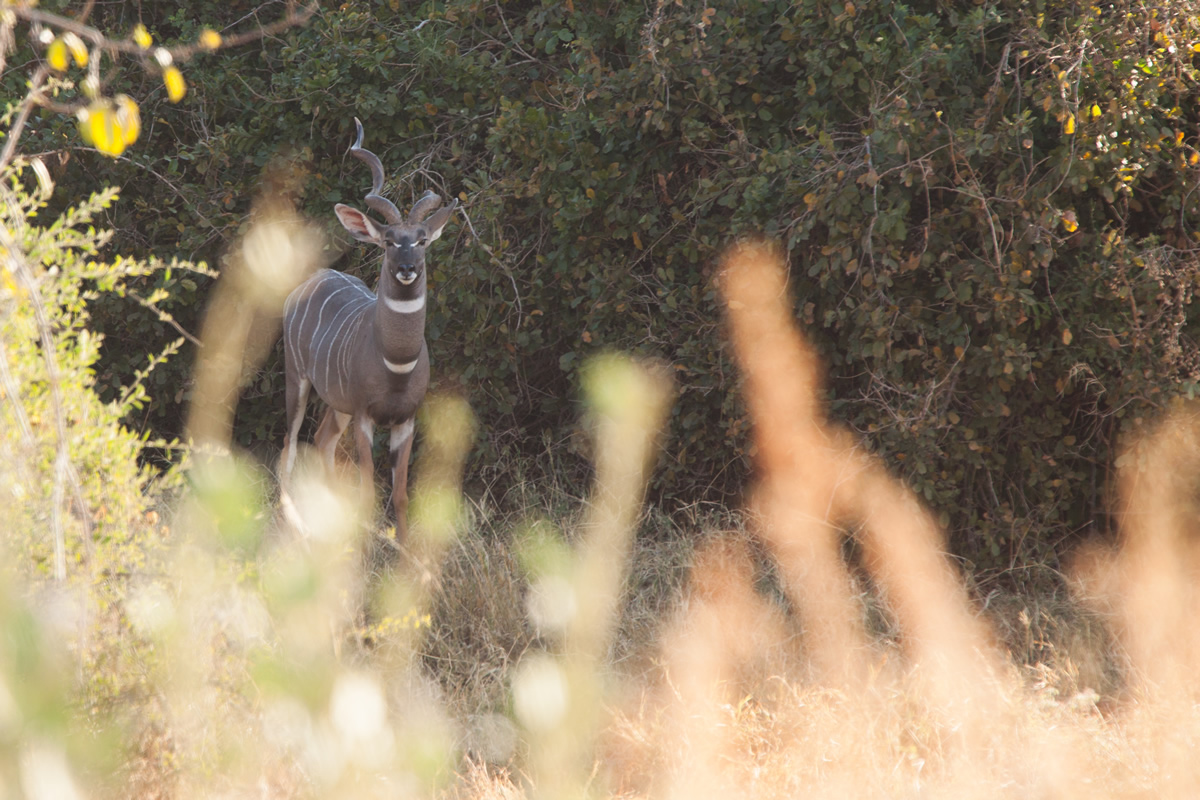
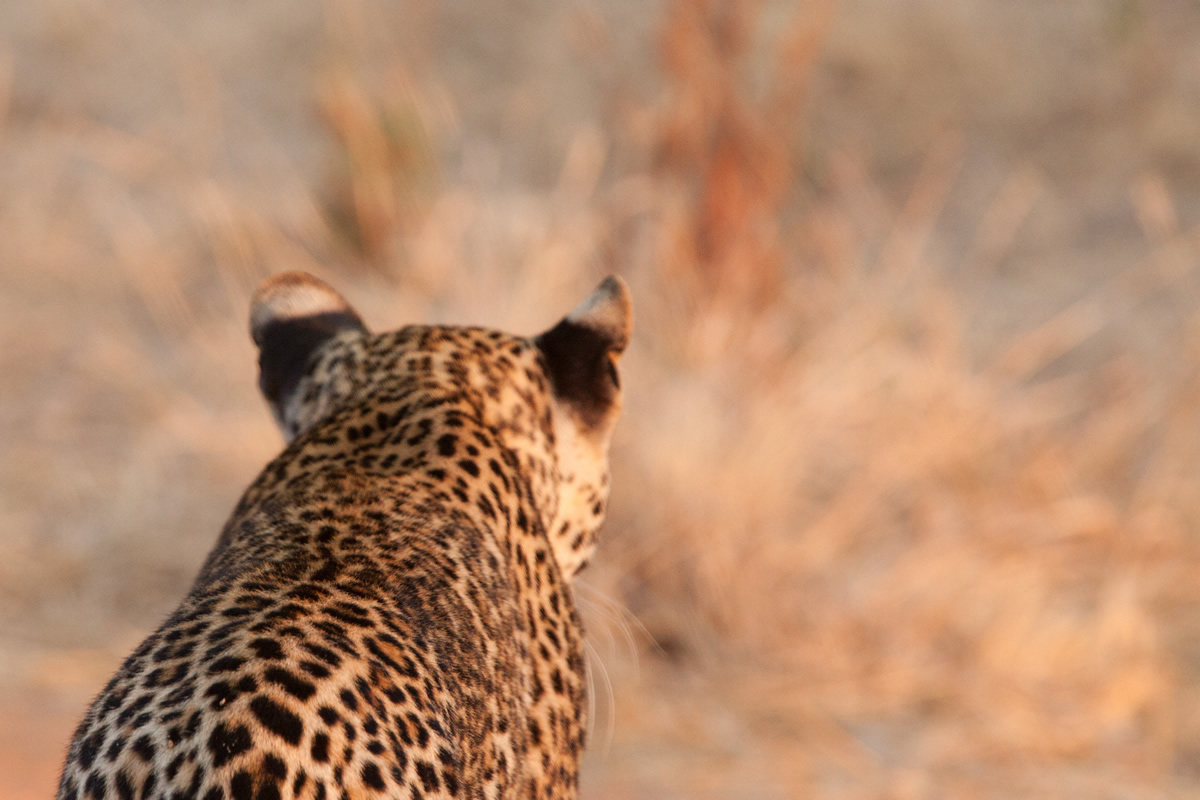
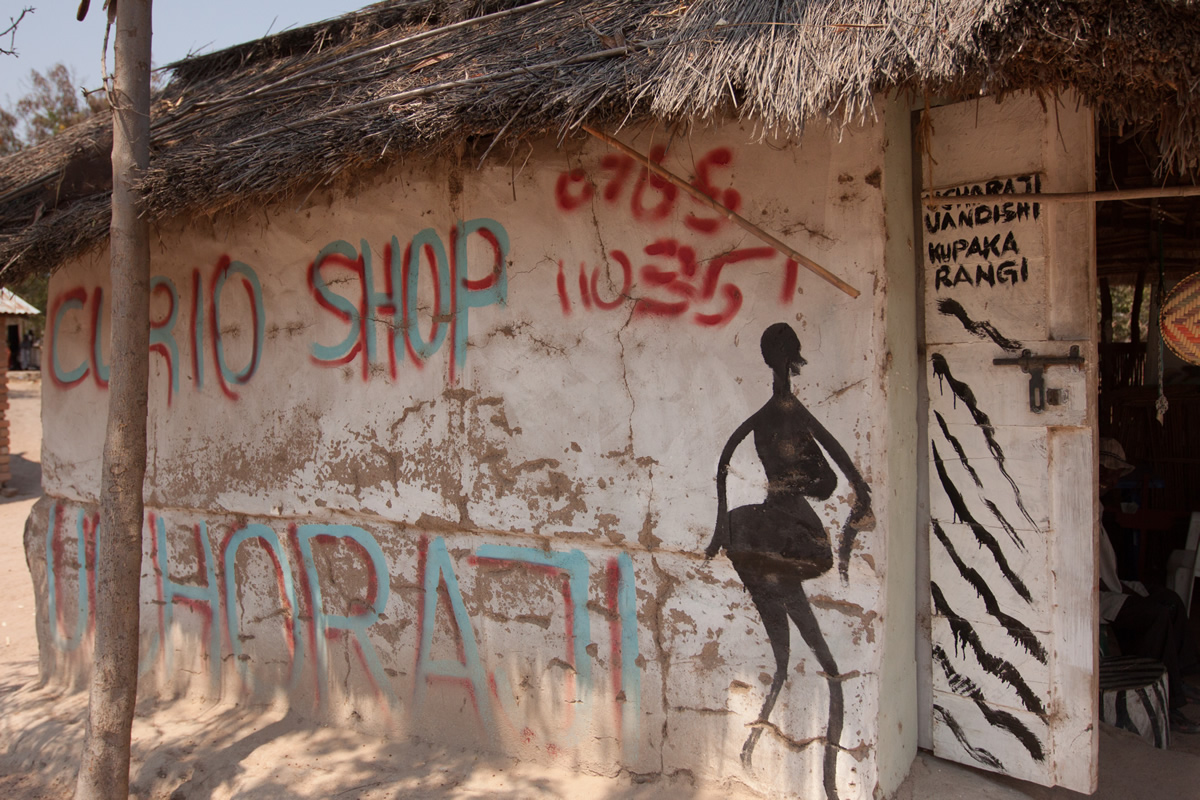
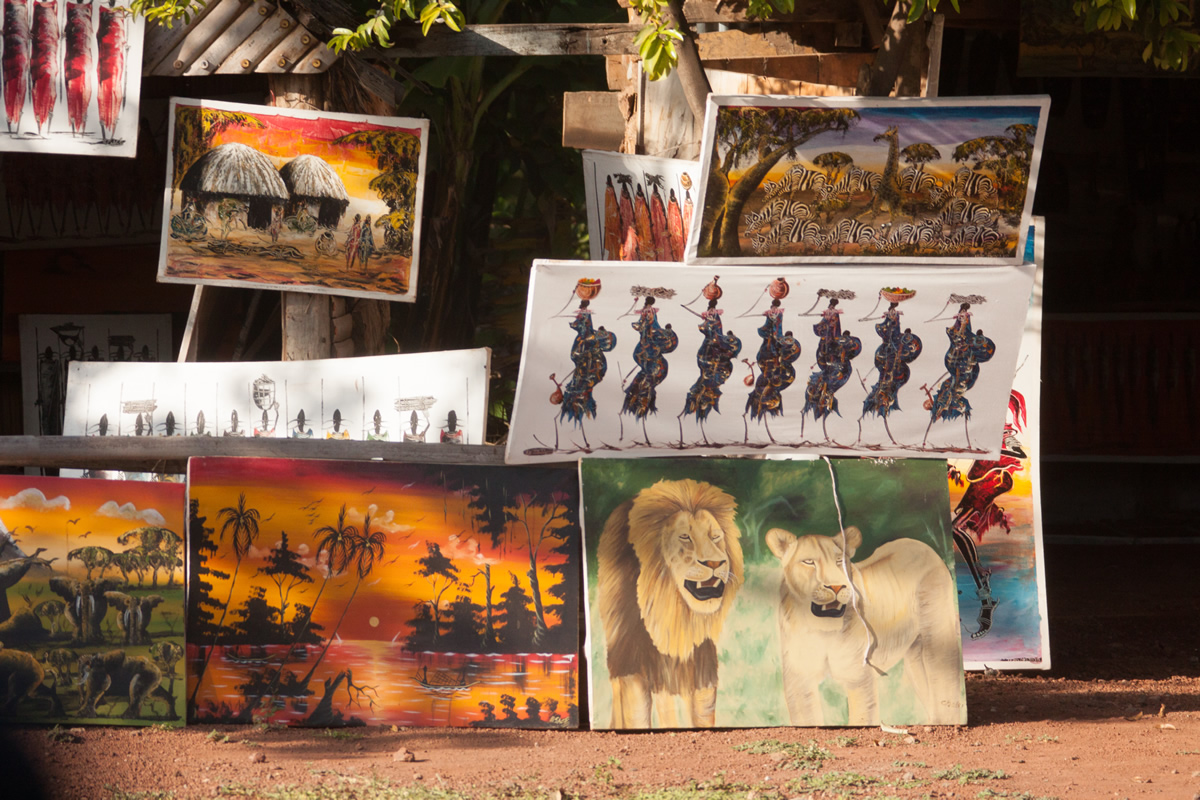
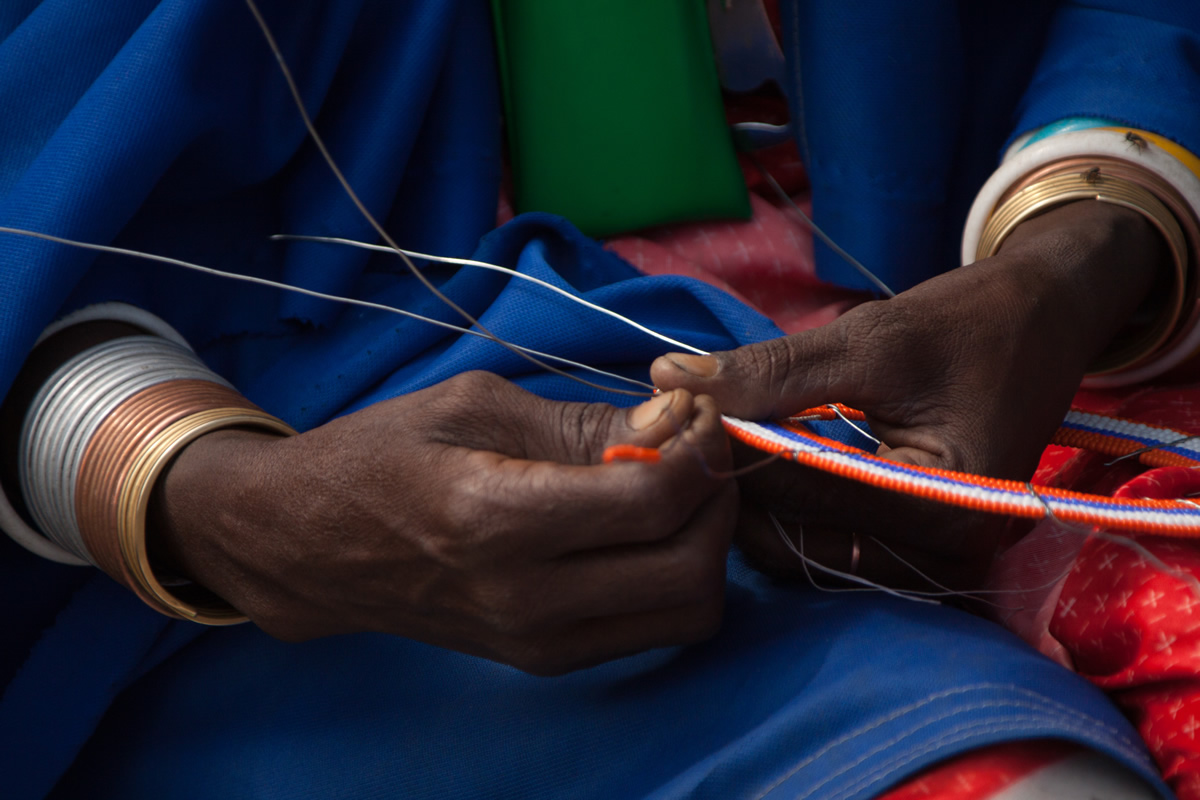
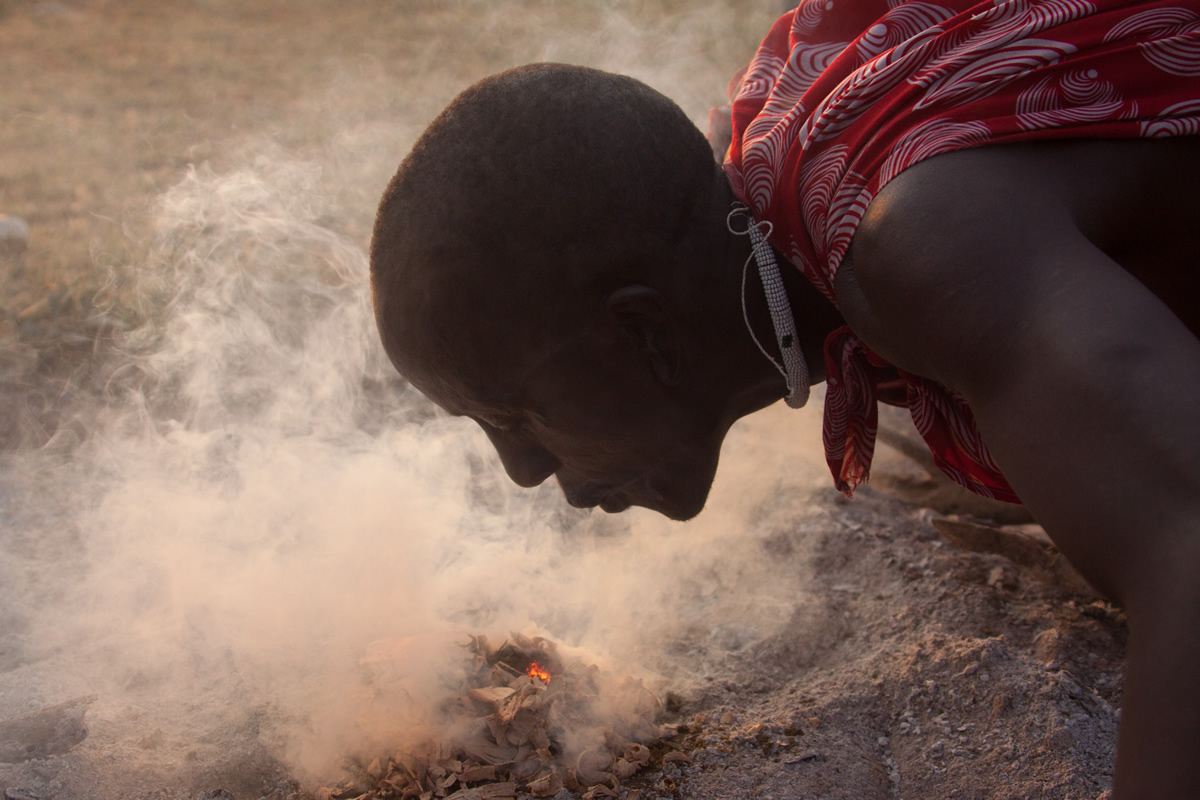
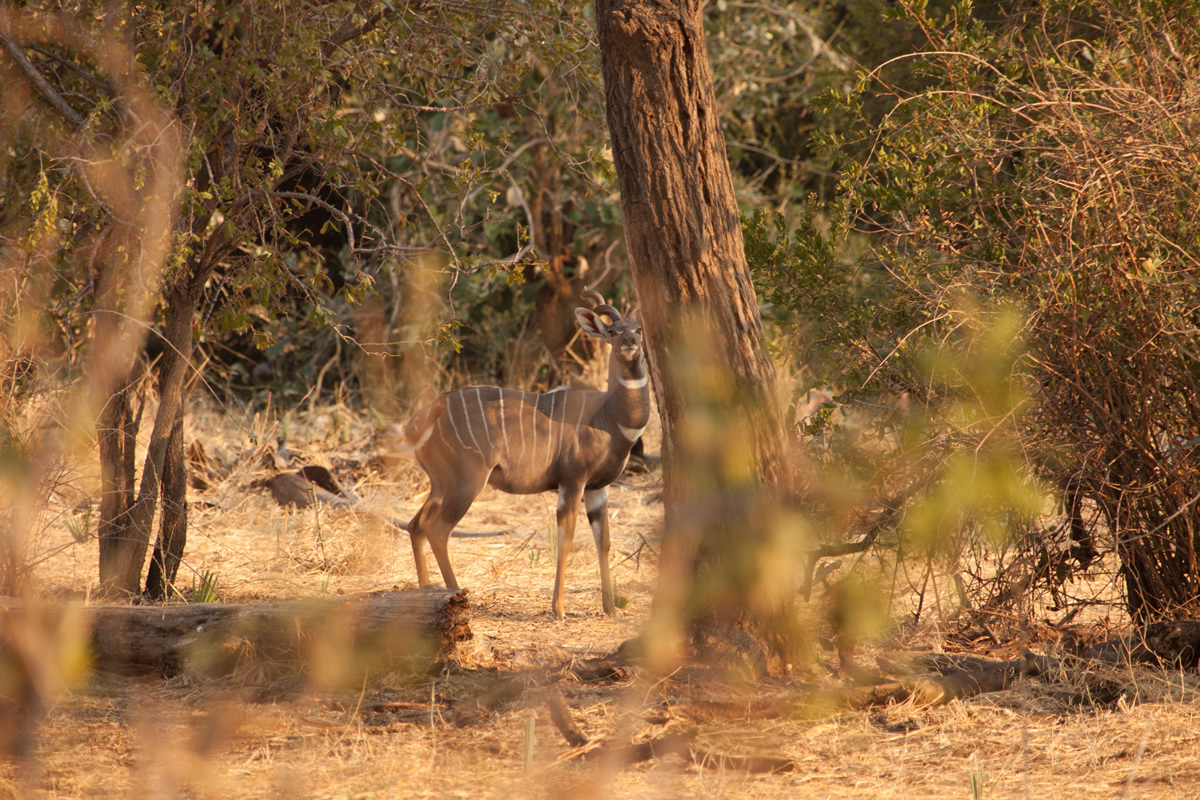
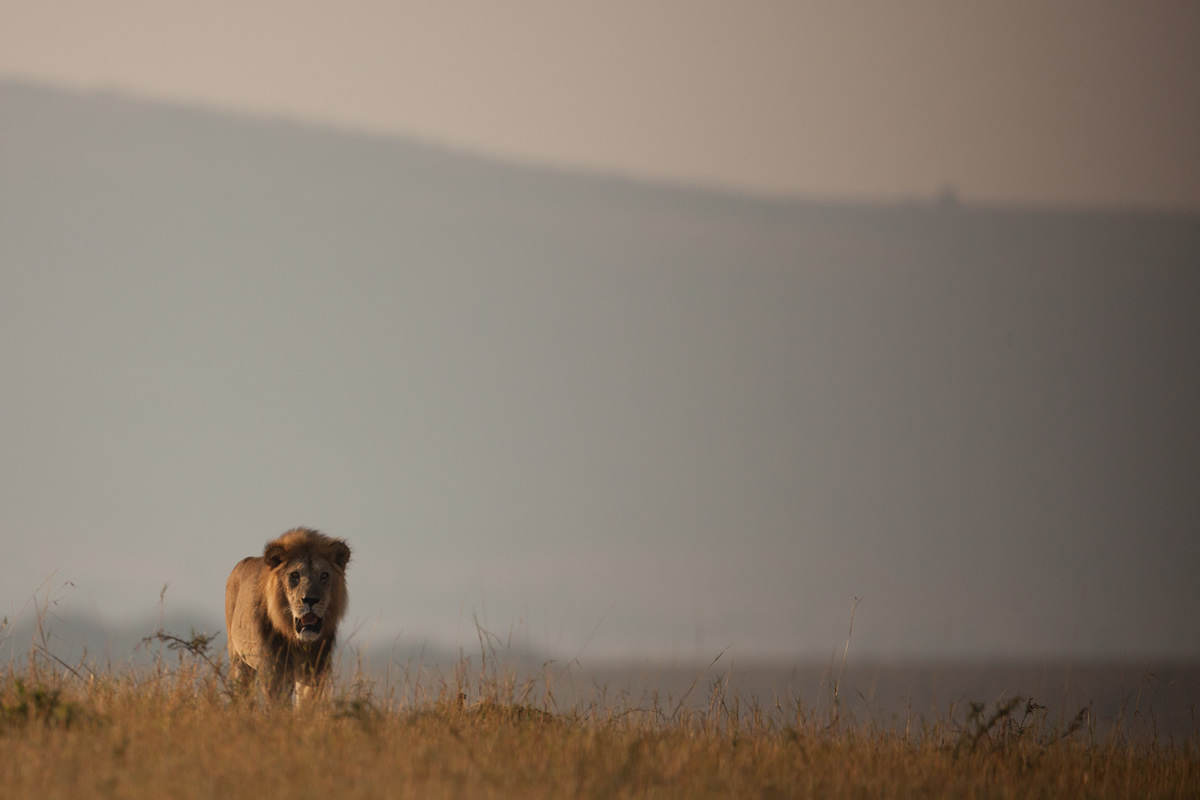
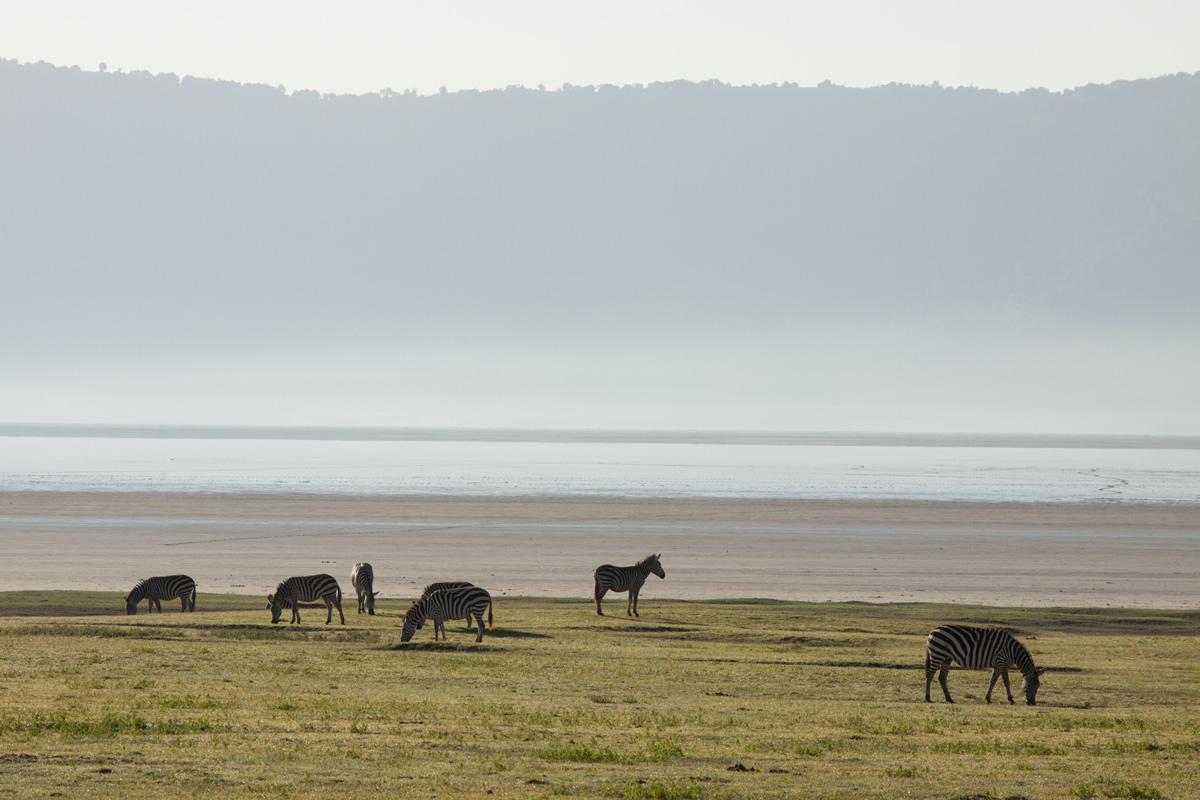
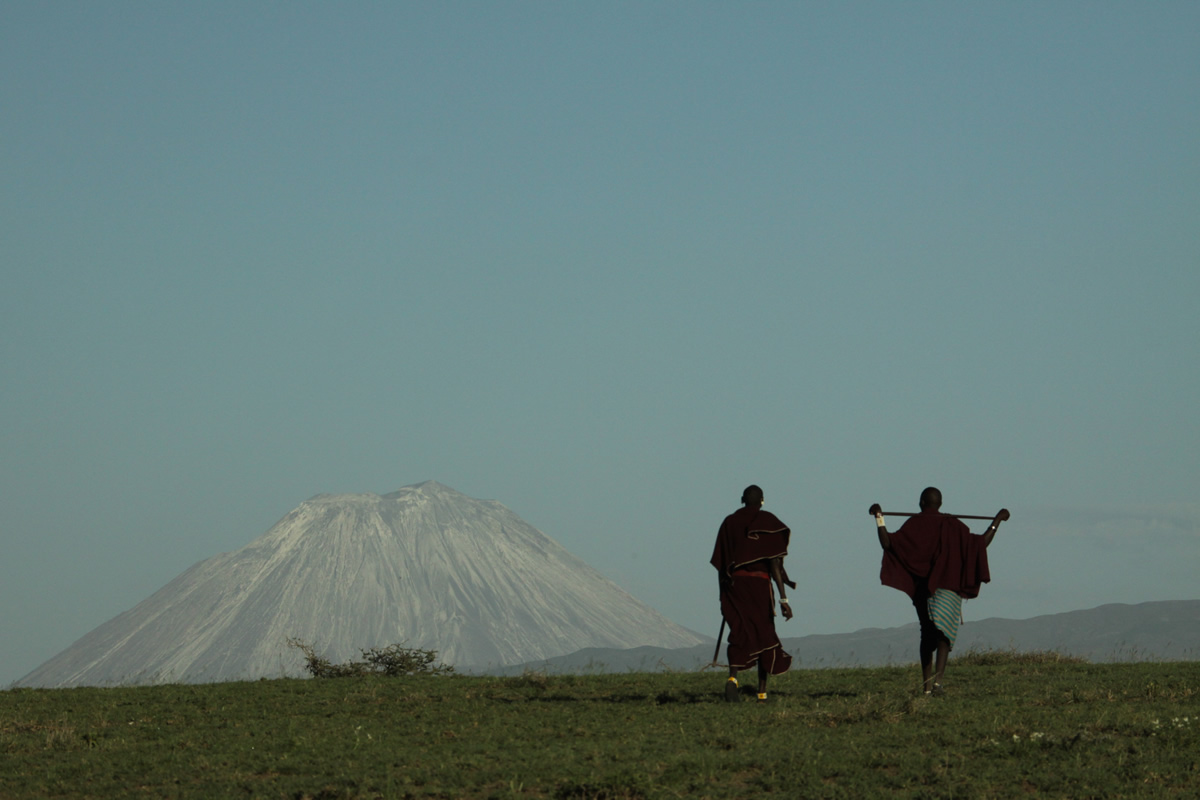
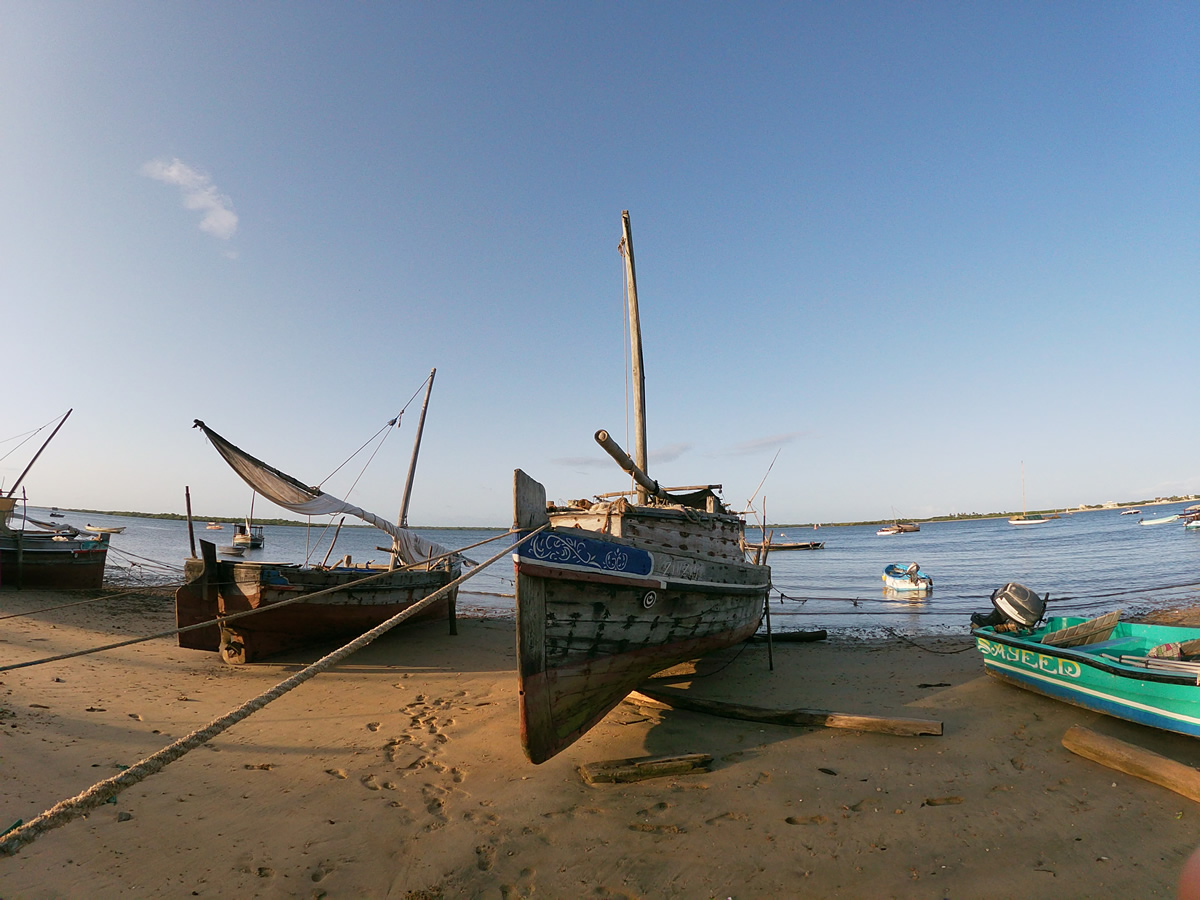
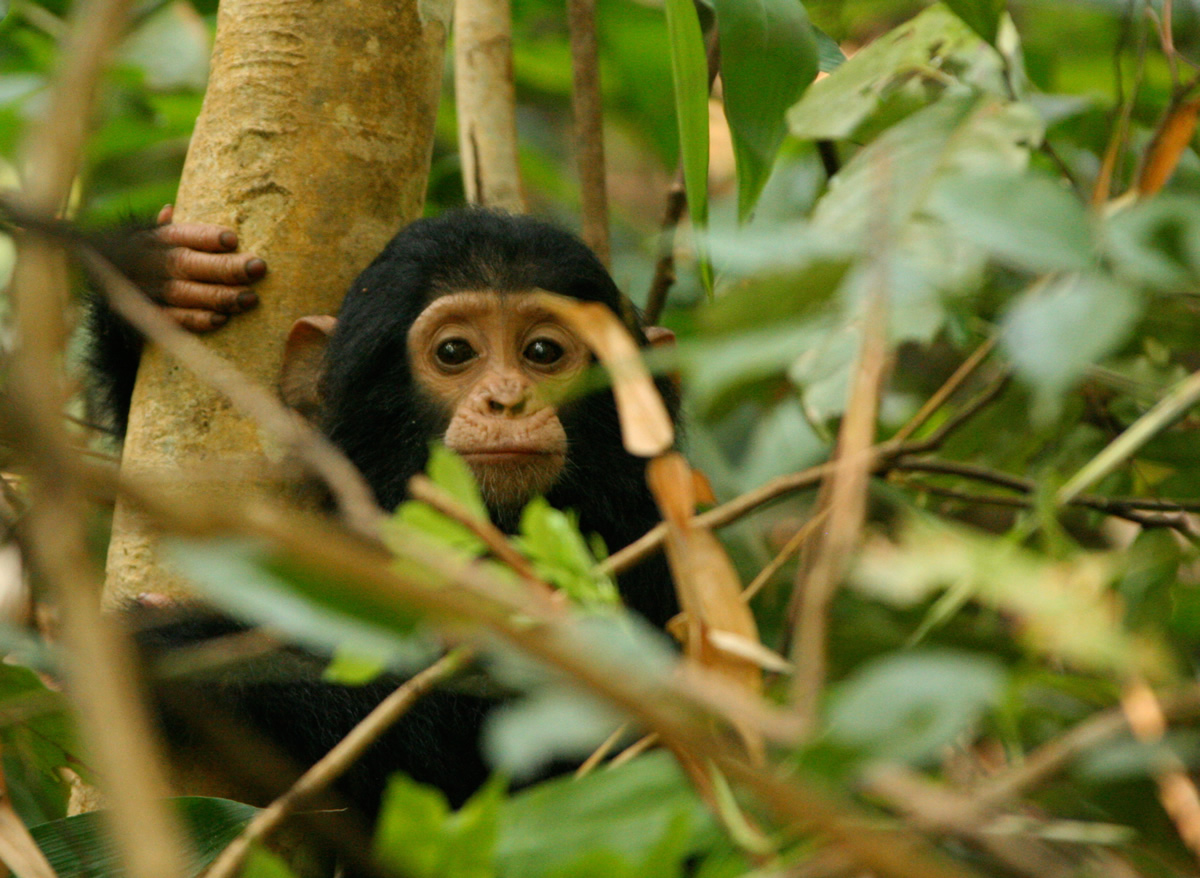


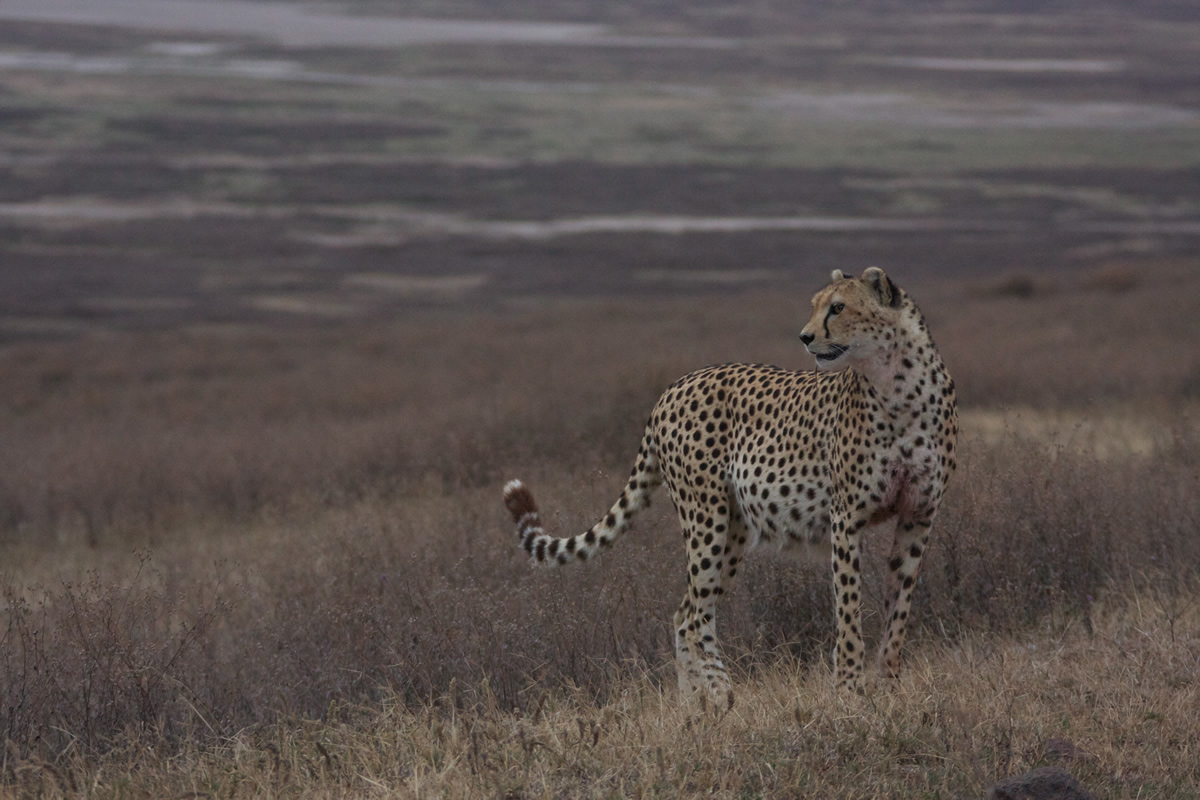
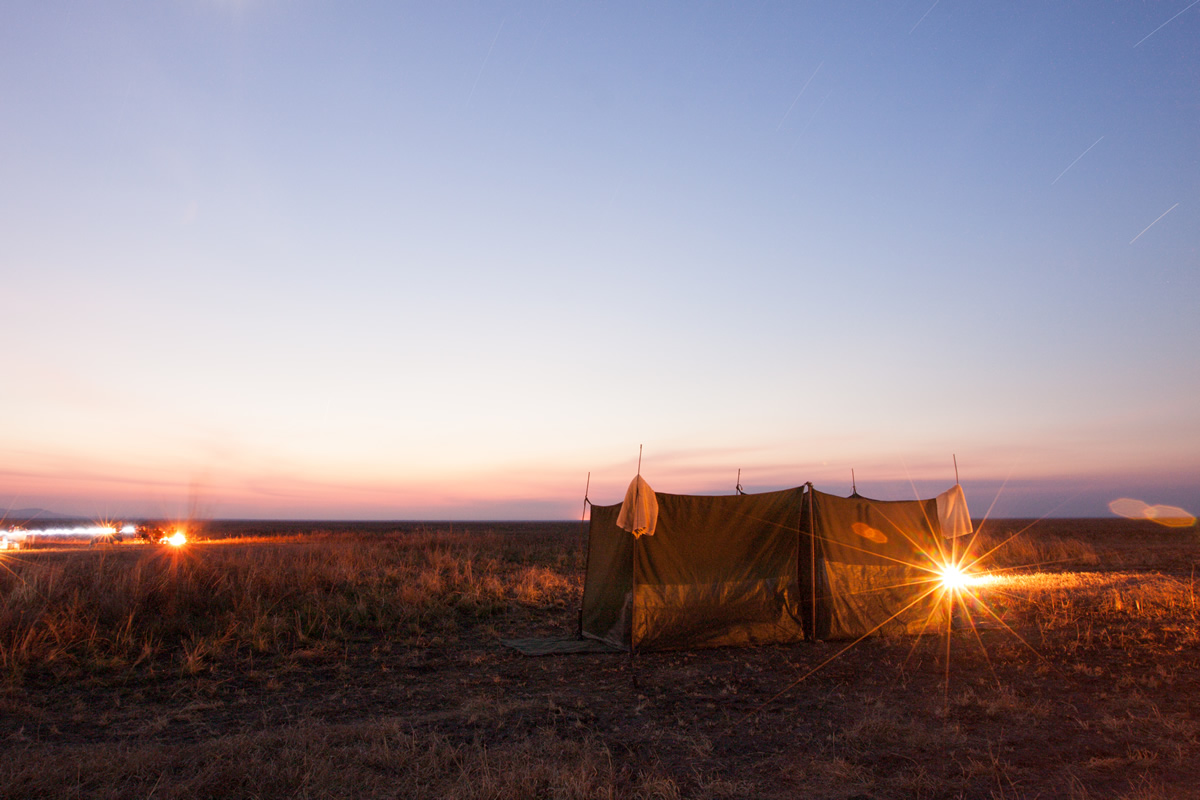
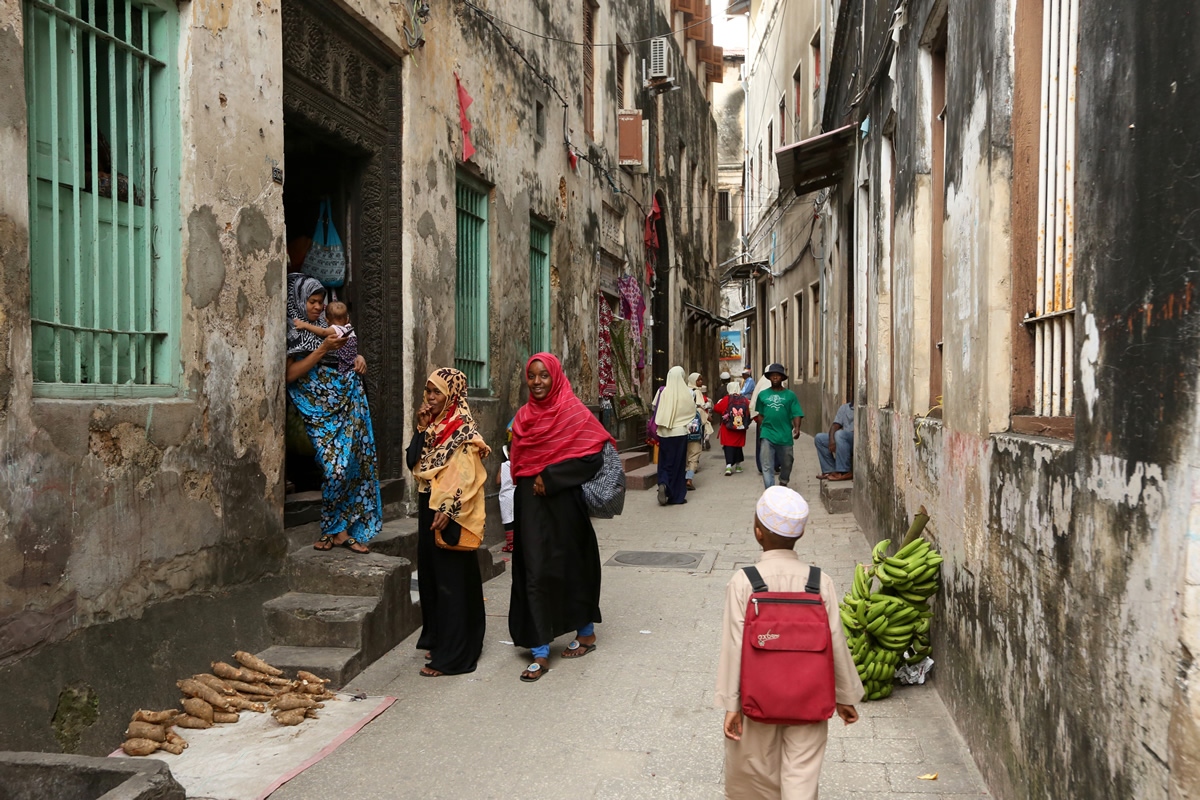
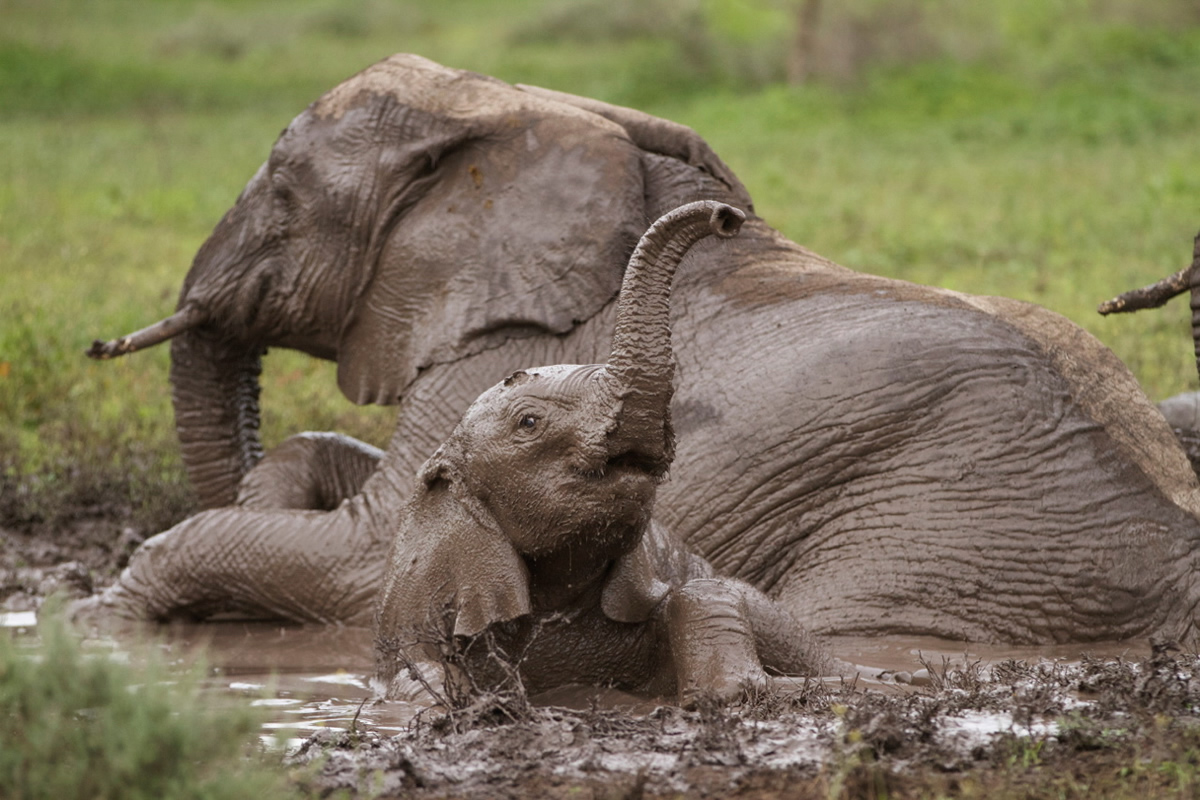
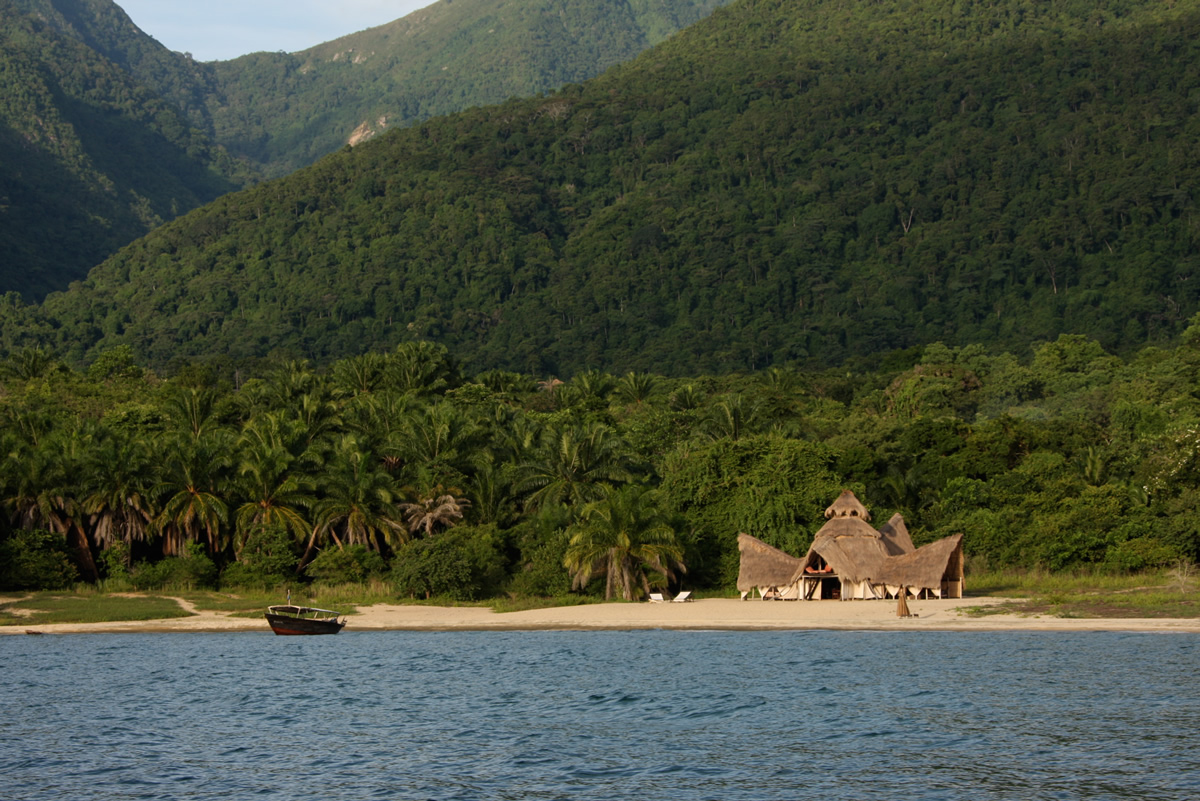
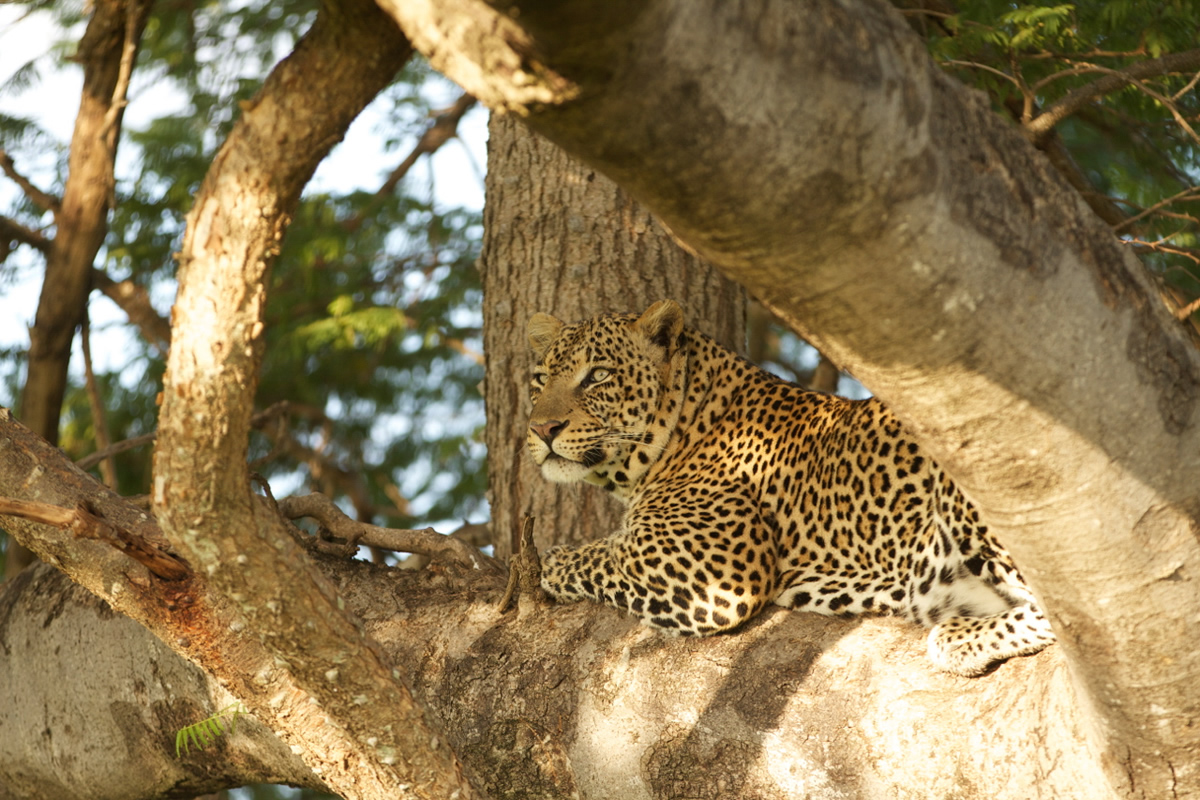
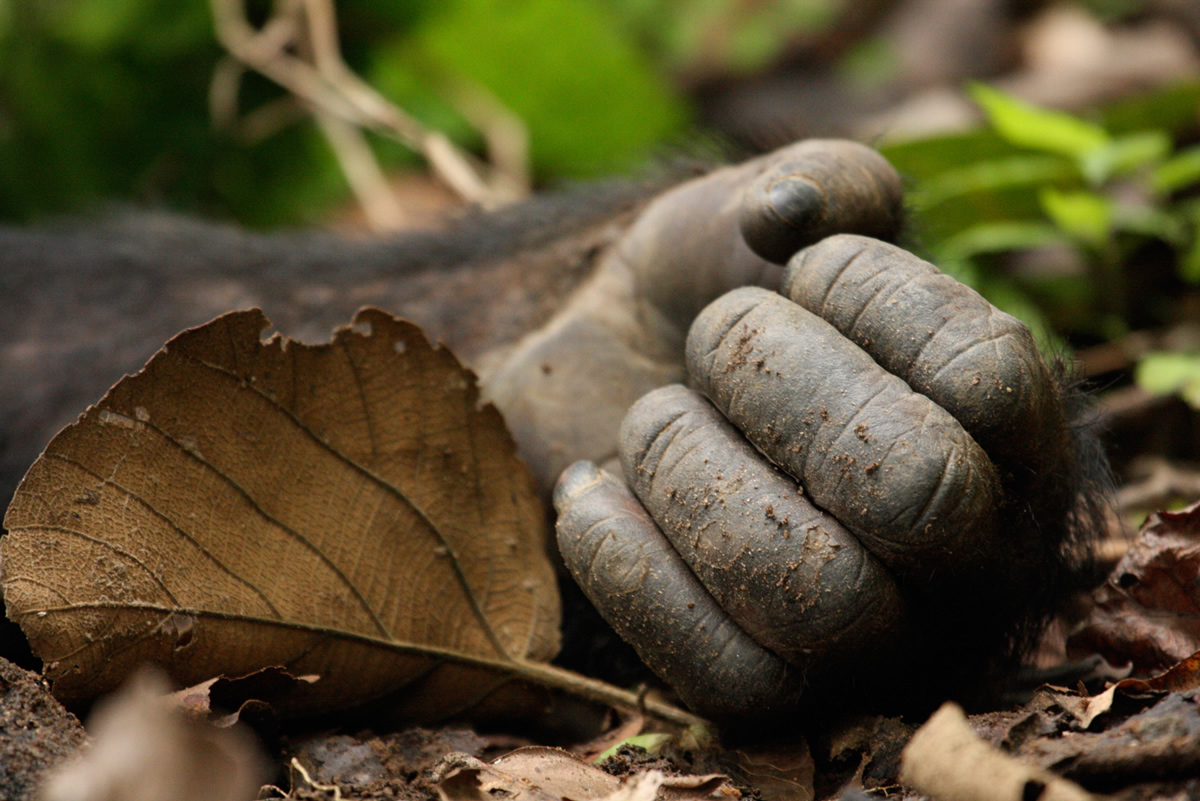
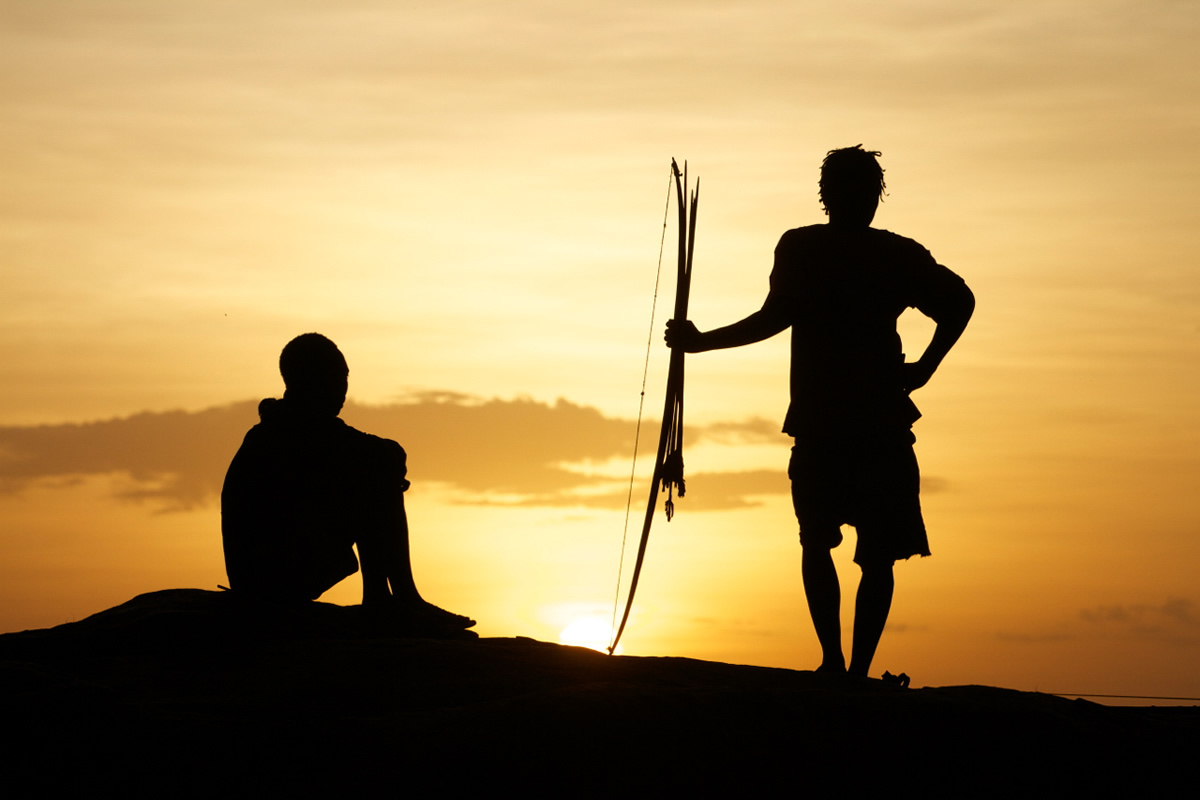
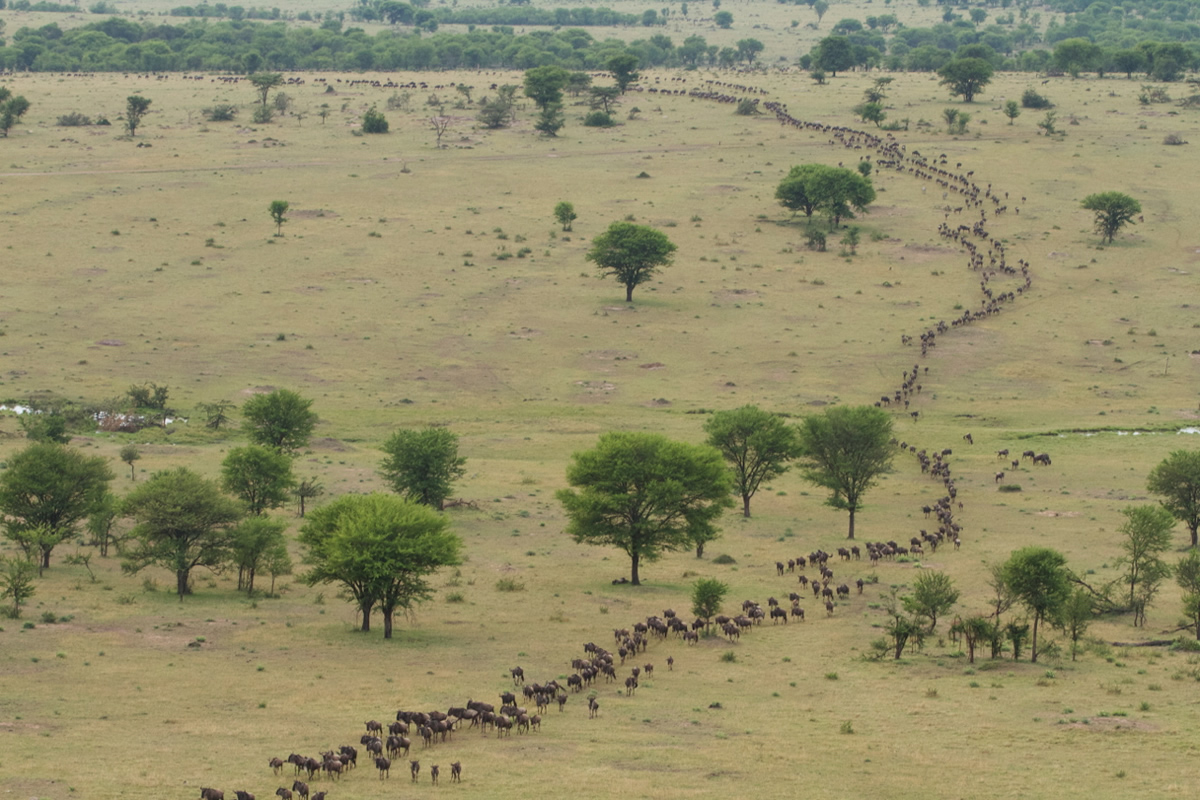
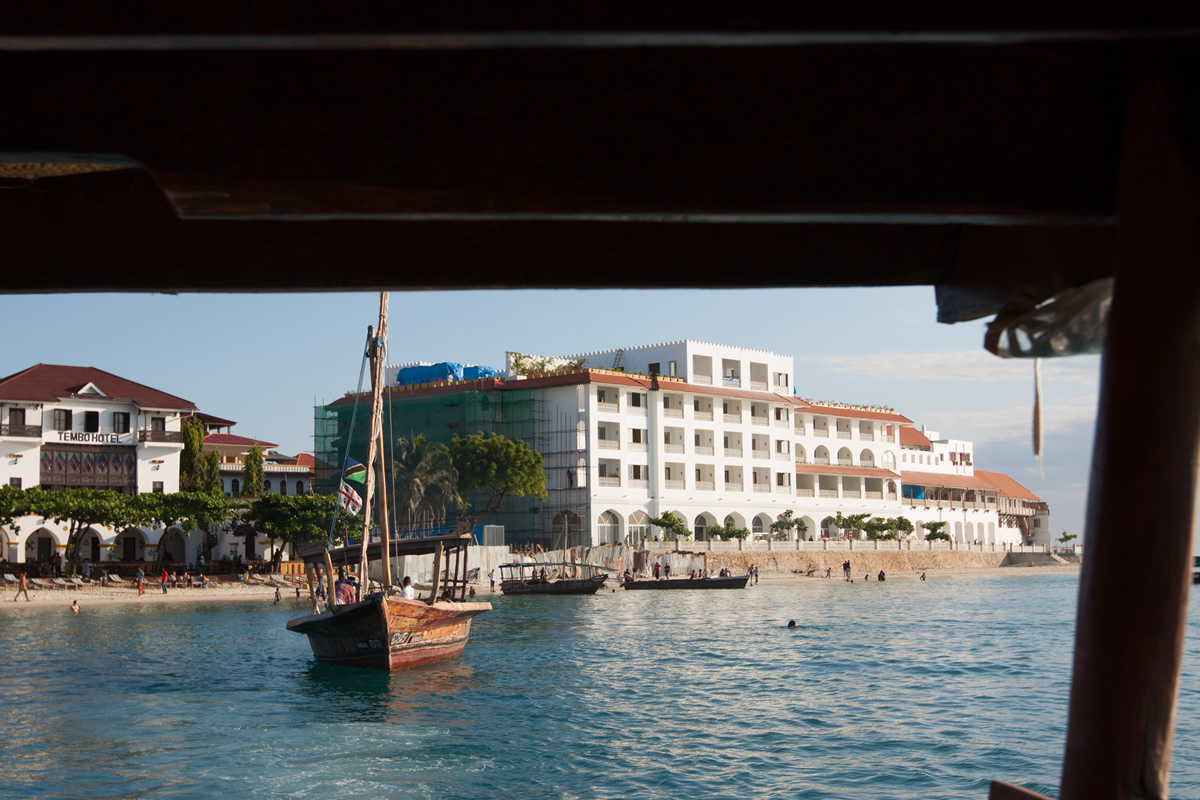
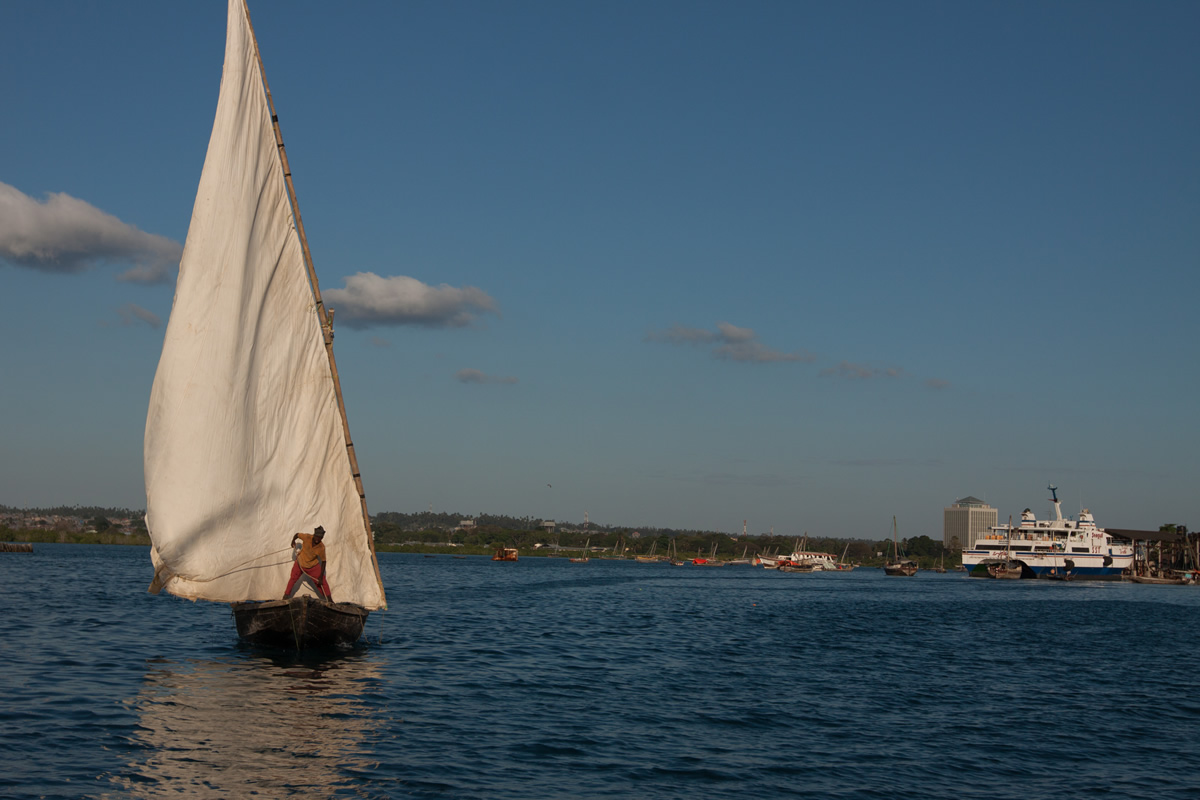
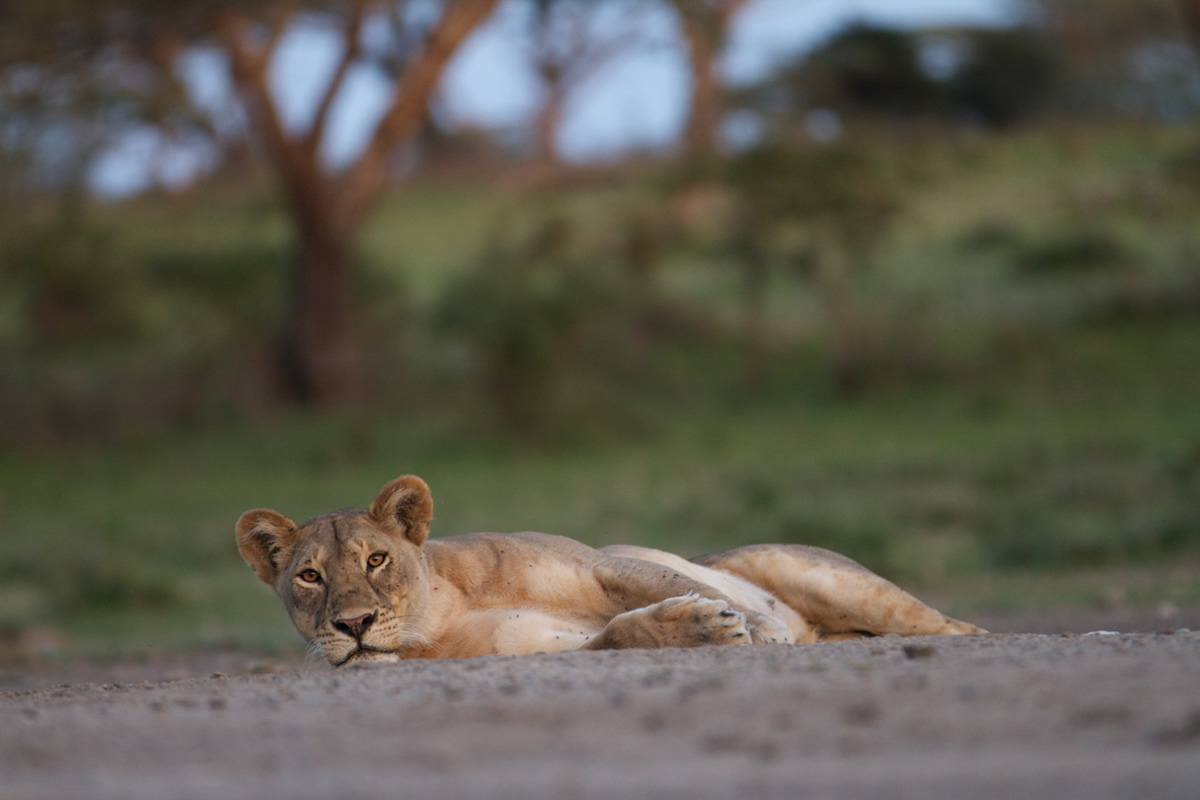

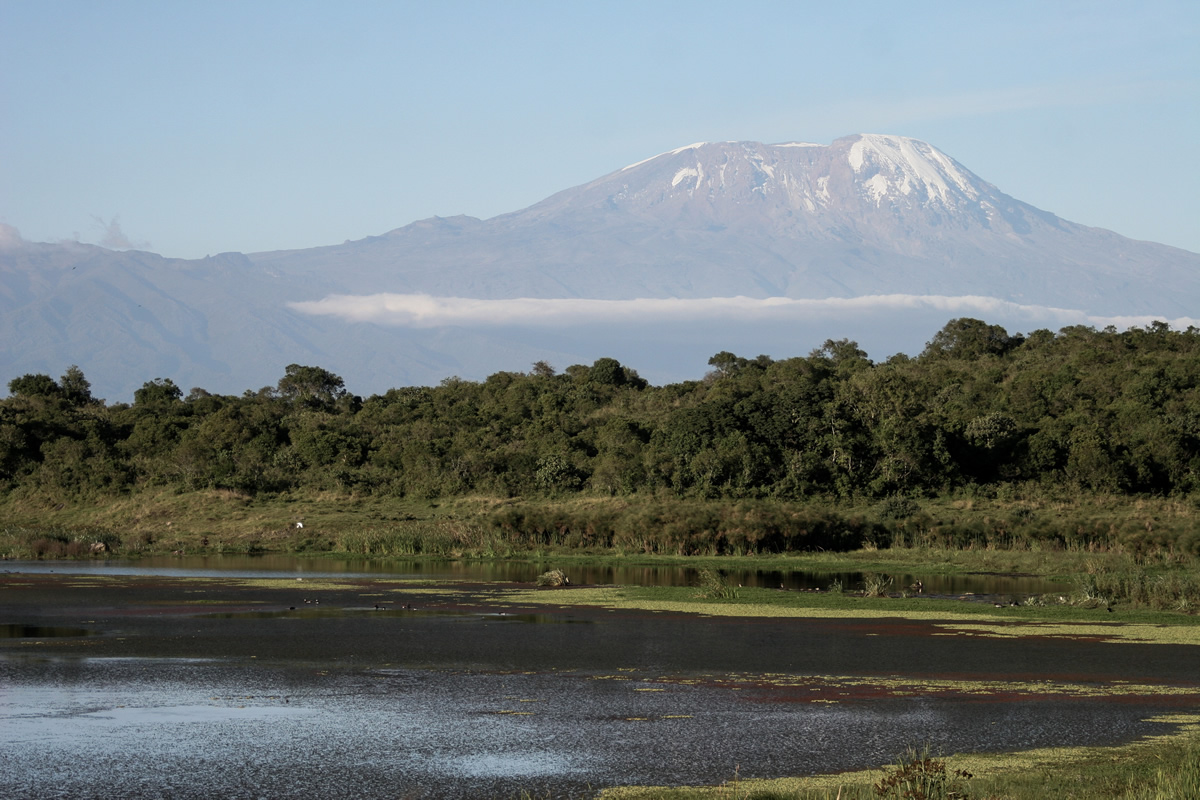
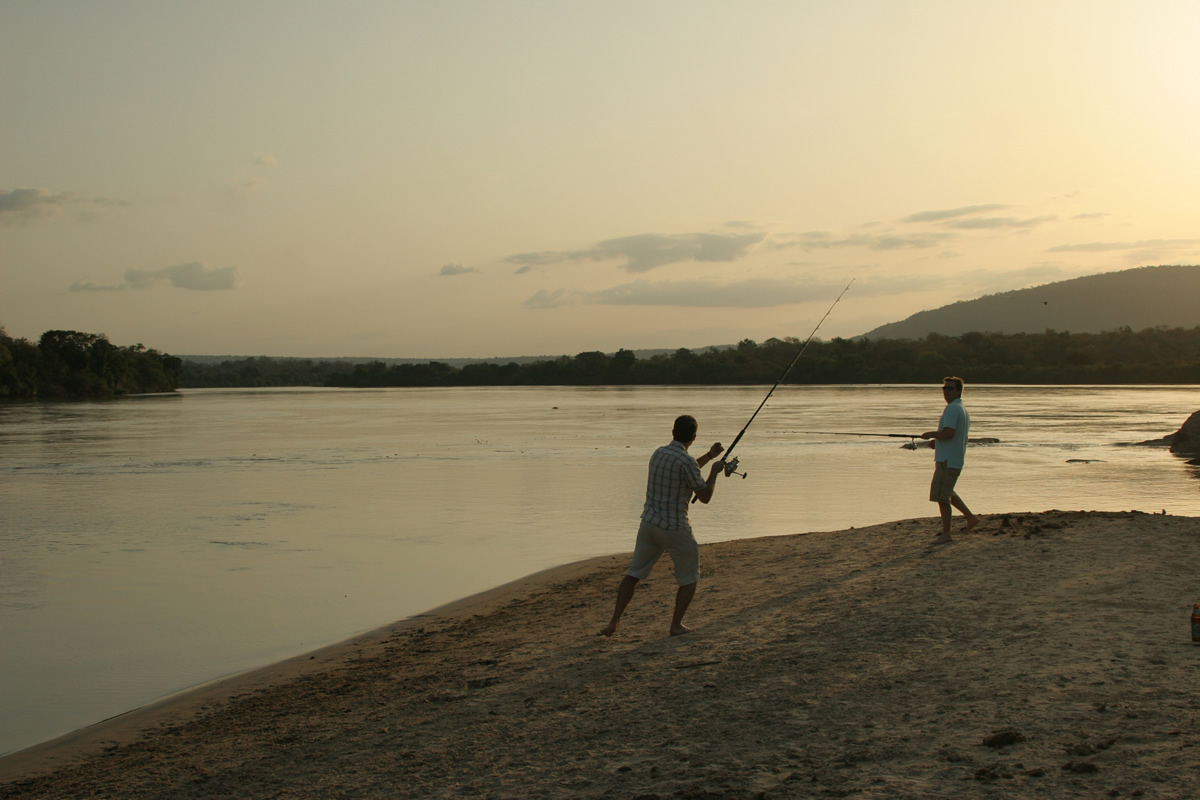
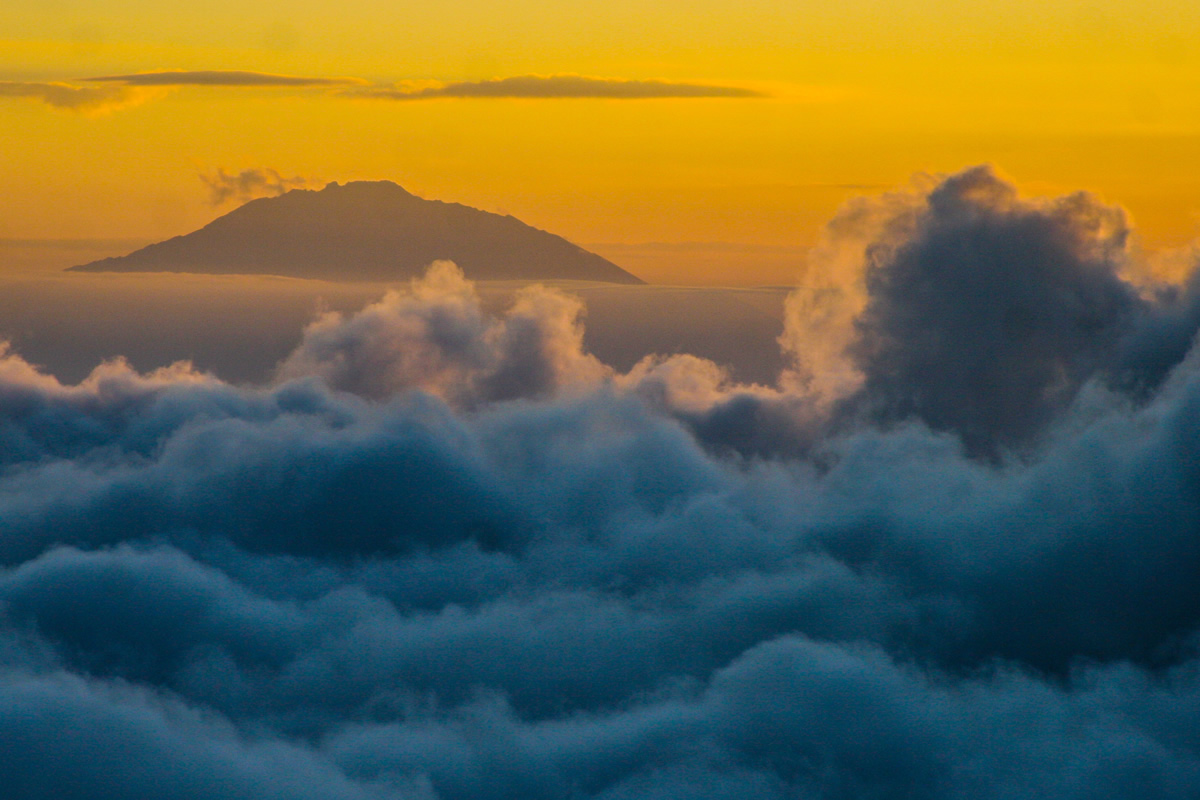
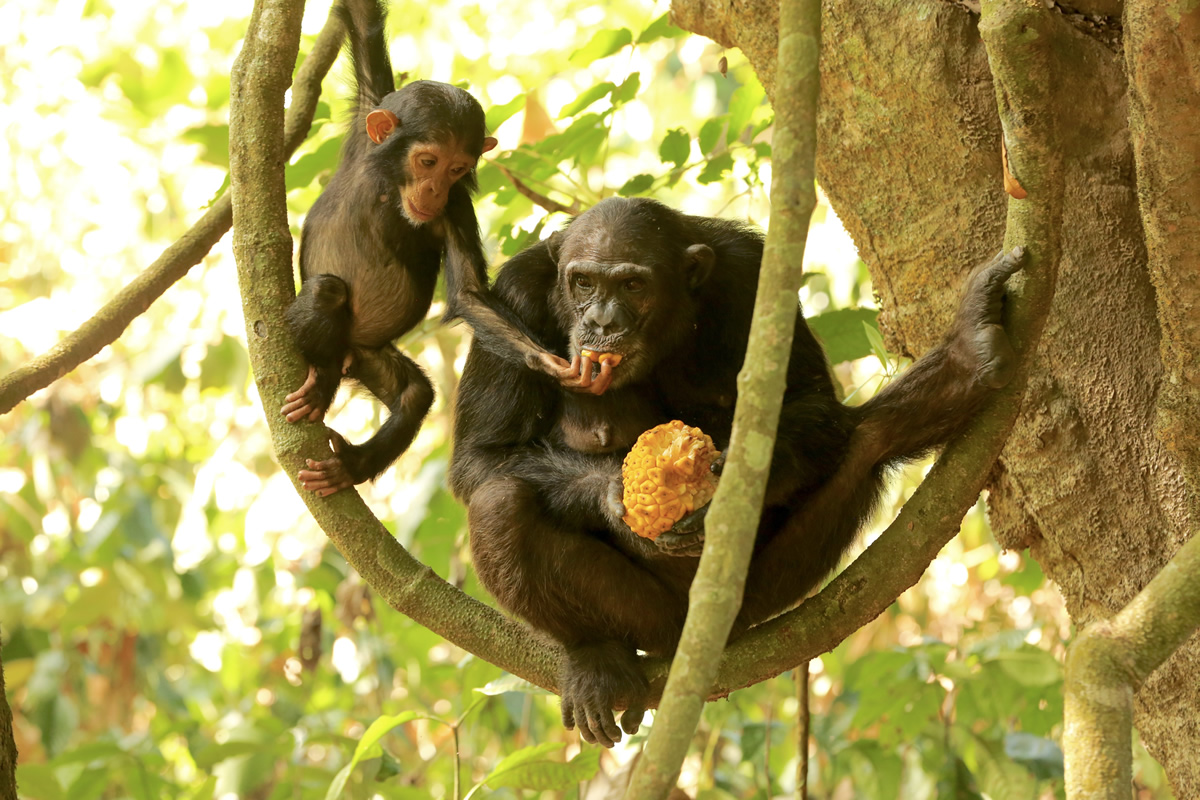
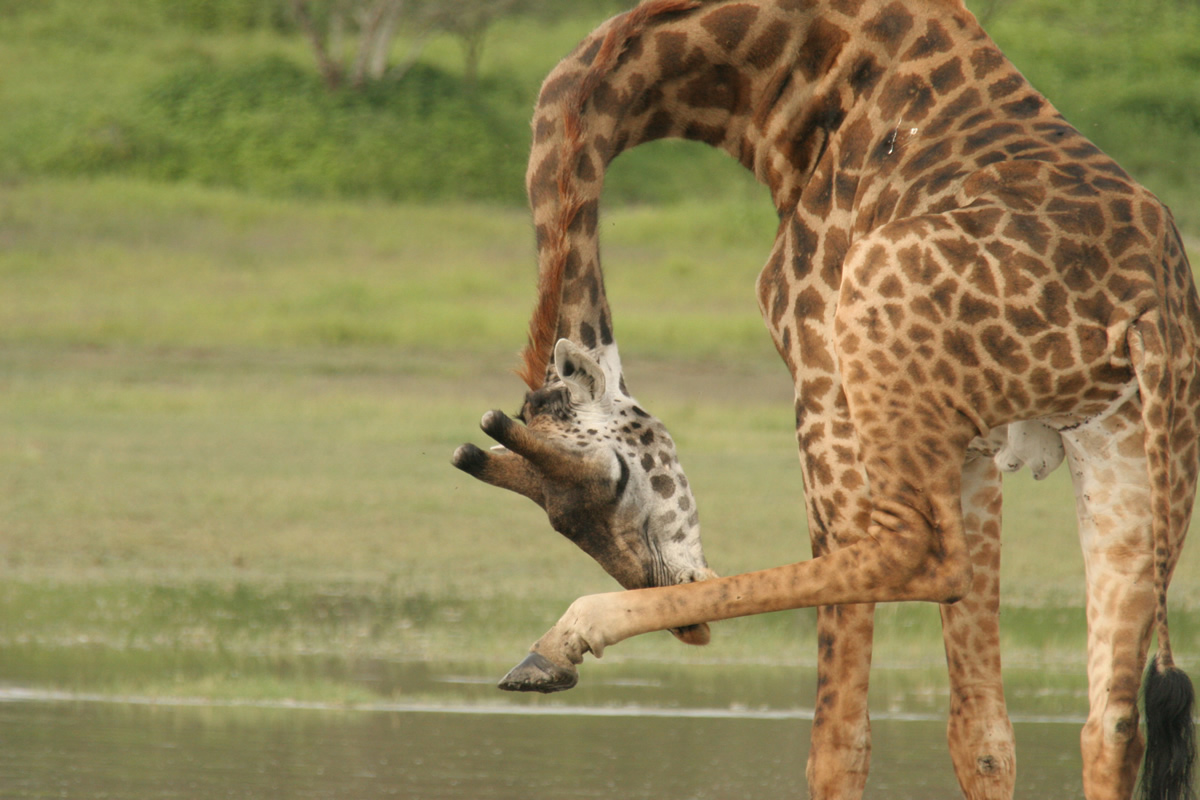
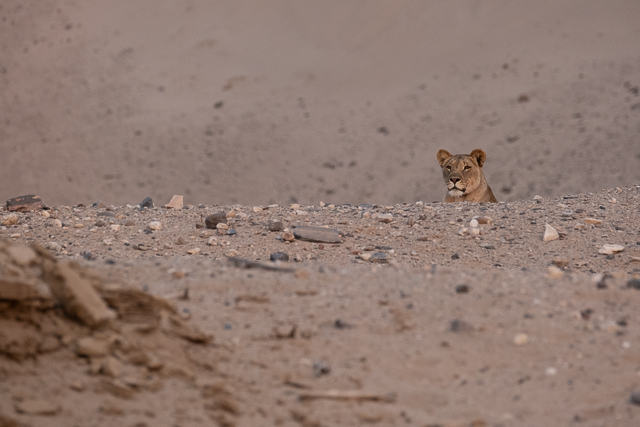
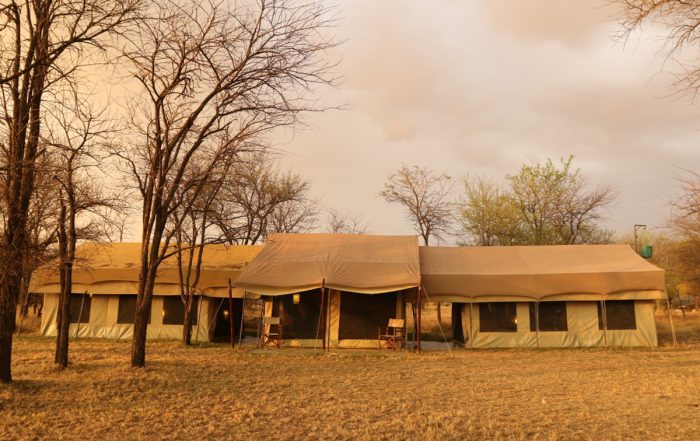
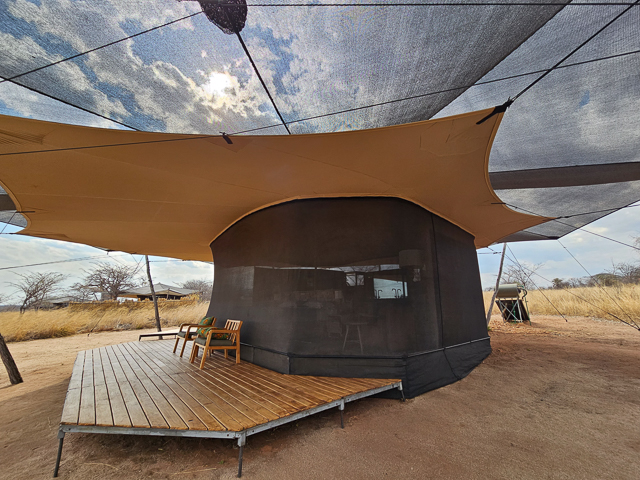
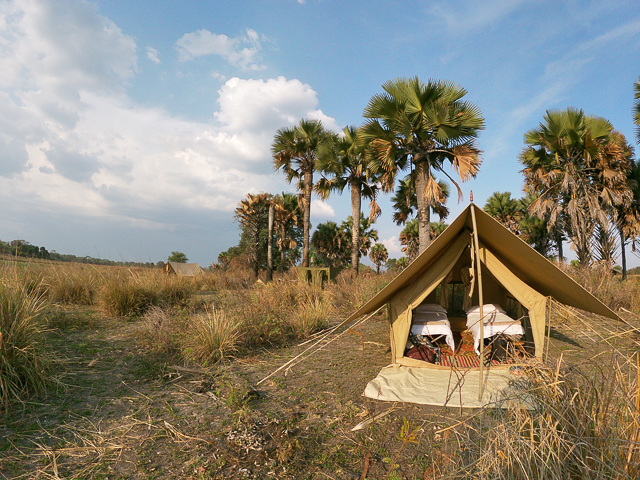
Follow Us